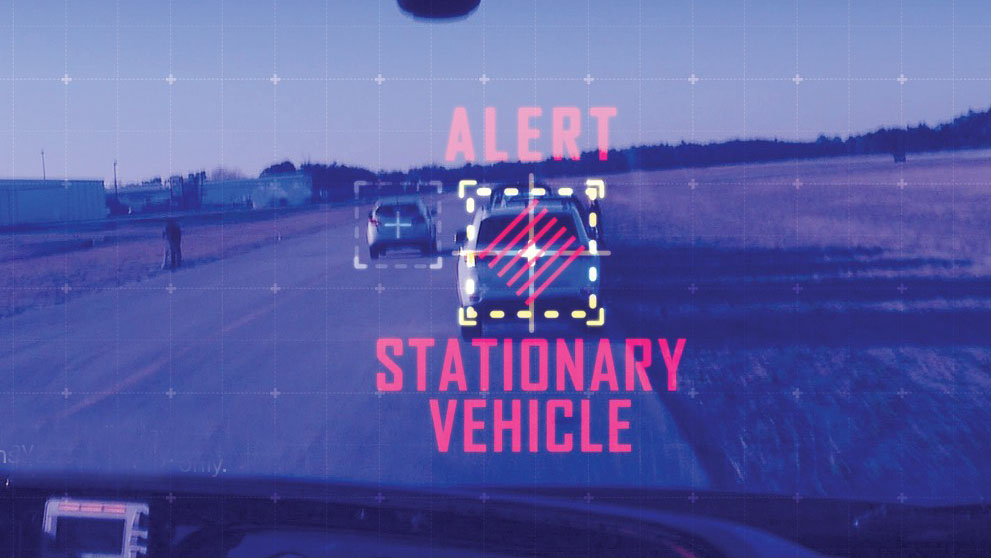Transport Canada has initiated informal consultations with industry on the use of Advanced Driver Assistance Systems (ADAS) to determine if the multitude of current and forthcoming ADAS technology could be mandated on new heavy commercial trucks in future vehicle standards regulations.
To guide its comments to the government on this important initiative, CTA collaborated with carriers, OEM supplier members and the Truck and Engine Manufacturers Association (EMA).
“CTA believes that driver assist systems available for heavy-duty trucks (class 8), combined with appropriate training, could be a significant factor in maintaining and improving safety performance,” said Geoff Wood, CTA.
Wood thanked Transport Canada for beginning the ADAS consultation process, which is a key item from CTA’s 10-point action plan on truck safety, which the Alliance proposed to governments and safety stakeholders in the wake of the tragic Humboldt Broncos crash.
The possibility of mandates for specific technologies will require collective input from the Government of Canada, the Canadian trucking industry and its various sector participants, as well as the insurance industry and the truck, engine and trailer manufacturing communities. The Canadian experience – which considers specific market and operational norms and conditions, seasonality, among other factors, including relevant crash data – would determine if certain ADAS systems should be considered for a vehicle standard as well as the ADAS solutions that could be considered effective in improving public safety and most appropriate for certain sectors in our diverse industry.
“Once all of these groups are at the table, we can collectively examine crash data and assess technologies that are strongly being considered for mandate in the United States, which is where the bulk of heavy truck and trailer manufacturing takes place, and determine the suitability of these technologies for Canada’s over-the-road and vocational sectors,” says Wood. “Extracting as much data as possible from the systems will provide the insight needed to account for the unique Canadian trucking experience, which includes heavier weights and seasonal and climatic differences.”
The analysis will highlight opportunities and challenges these technologies pose and compare proposals such as mandating broader vehicle standards versus allowing the industry to voluntarily adopt systems that work best for their individual applications.
“Such findings will be imperative in deciding between blanket mandates or market incentives for adoption,” said Wood.
To spur key data as the analysis takes shape, CTA also urged governments to create incentives for fleets to purchase and install ADAS if they agree to share operating data with regulators and stakeholders.
